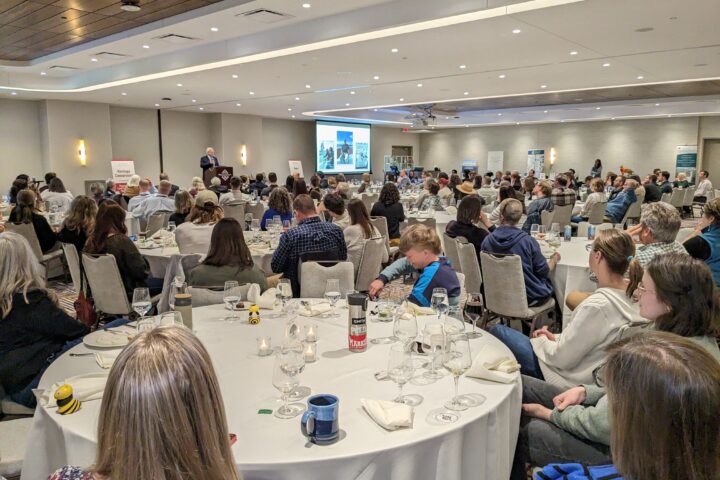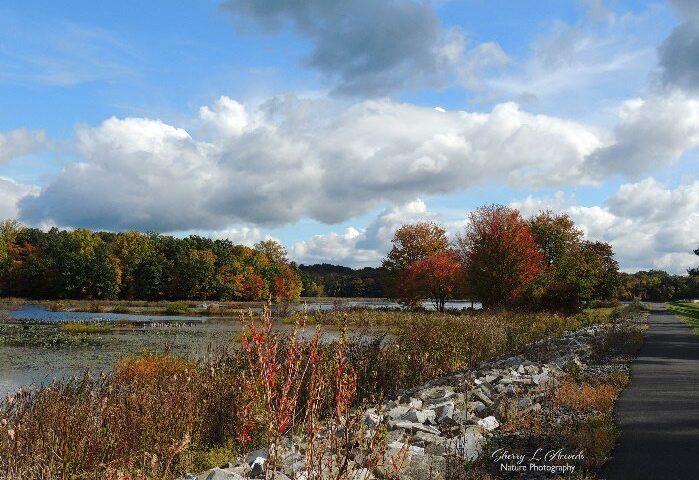WeConservePA and the planning committee are pleased to welcome Dr. Diane Husic as the keynote speaker for the 2024 Pennsylania Land Conservation Conference. Dr. Husic’s keynote address (Budburst, Bird Migrations, Bloom Times, and Bug Hatches: Their Times They Are a Changin’) is scheduled for 9AM on Thursday, April 5, at the conference’s host location of Wind Creek in Bethlehem.

Photo by Sherry Acevedo.
Dr. Diane Husic, keynote
KEYNOTE | THURSDAY, APRIL 4, 9AM
Budburst, Bird Migrations, Bloom Times, and Bug Hatches: Their Times They Are a Changin’
For centuries, seasonal activities of animals and plants have been monitored for cultural purposes and celebrations, by farmers and gardeners to determine planting and harvesting times, and by naturalists. This observational practice evolved into a scientific area of study known as phenology. In this presentation, Dr. Diane White Husic will share some history and examples of phenology and discuss how decades of data related to biodiversity surveys or the timing of seasonal events in nature provide valuable information for conservation science and land management.
Biography
Dr. Diane Husic is the founding dean of the Center for Scholarship, Research, and Creative Endeavors at Moravian University in Bethlehem, Pennsylvania. Trained as a plant biochemist, her research focuses on the ecological restoration of contaminated sites, examining heavy metal impacts on plants, and return of biodiversity. She has authored over 50 publications, and contributed to several reports, including the 2011 PA Climate Change Adaptation report. Since 2009 she has attended international meetings as a credentialed observer for the UN Framework Convention on Climate Change.
In Pennsylvania, she works with nature centers and nonprofits to develop informal educational programming and finding unique ways to effectively communicate science to a general audience and engage the public in science and policy. She earned a BS and PhD in Biochemistry (from Northern Michigan University and Michigan State University, respectively).




